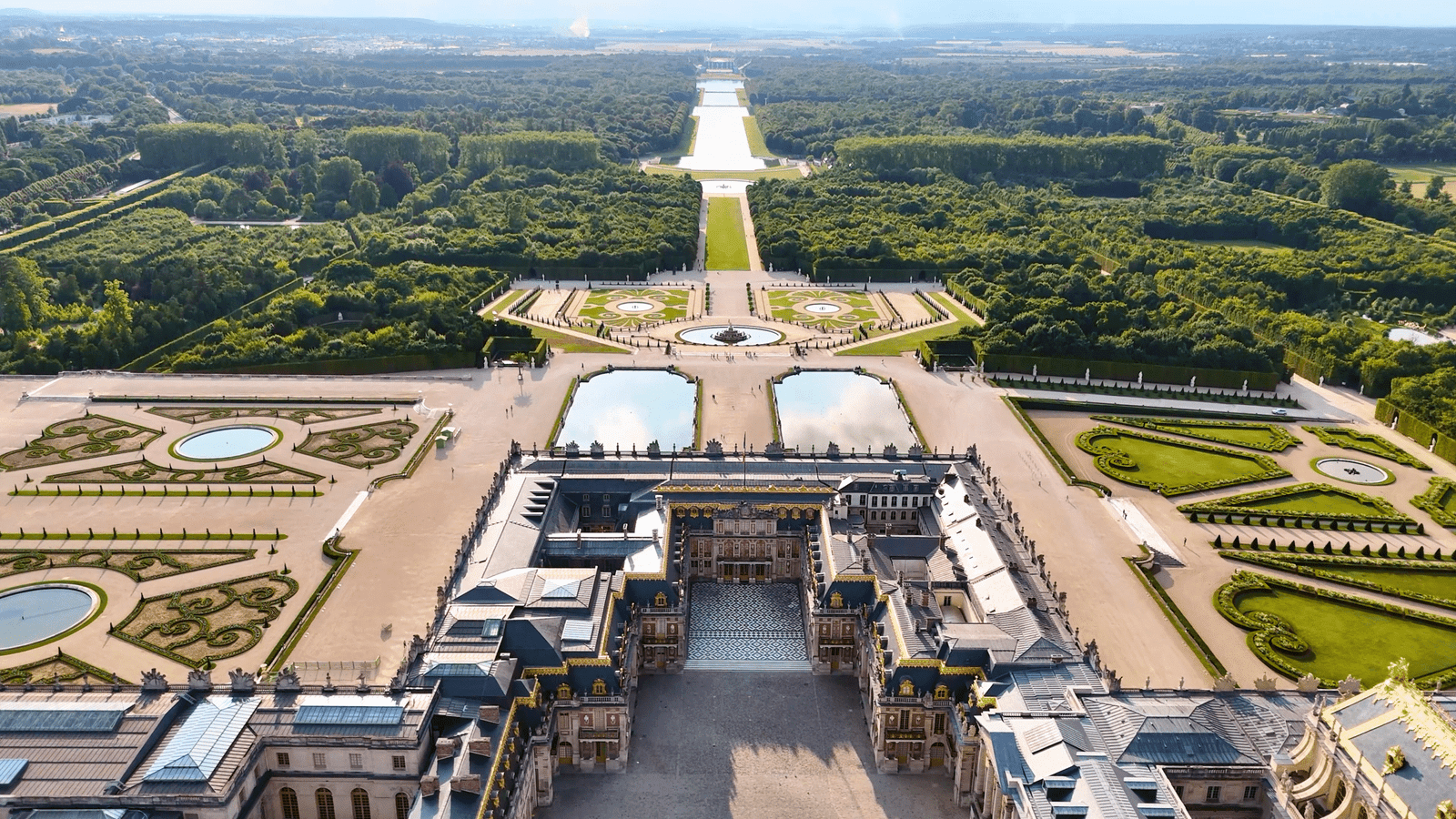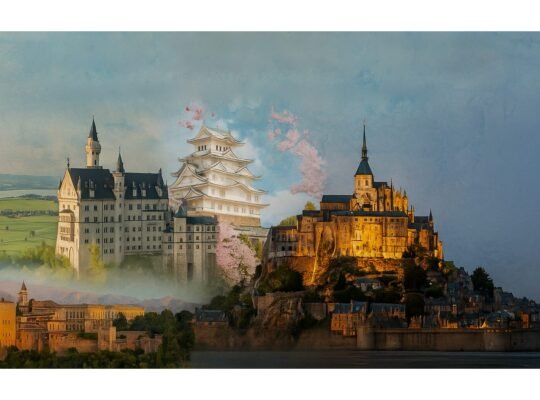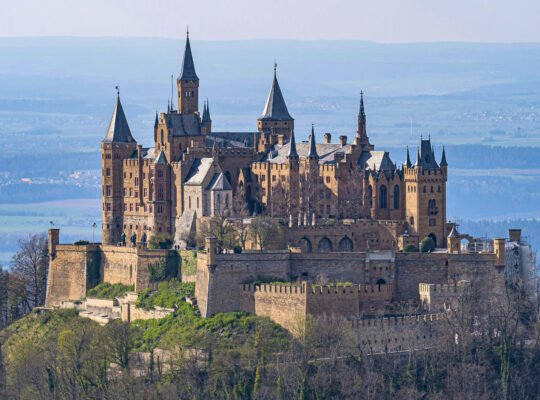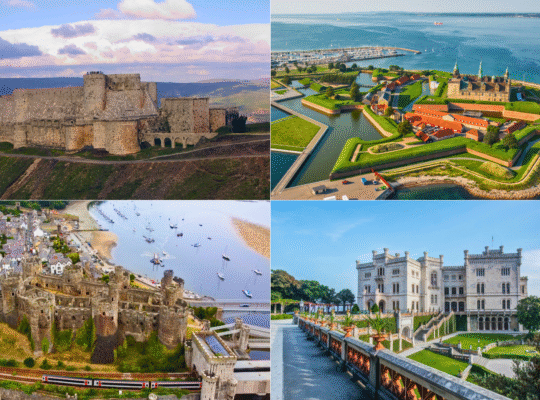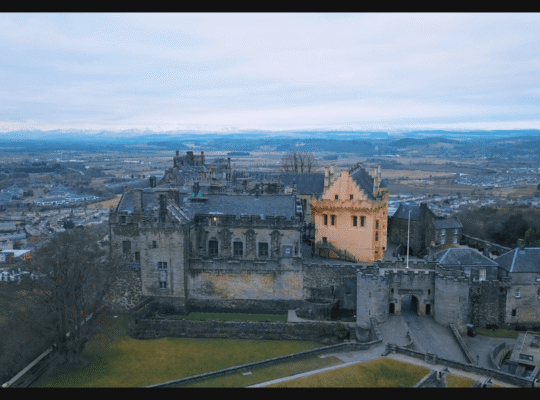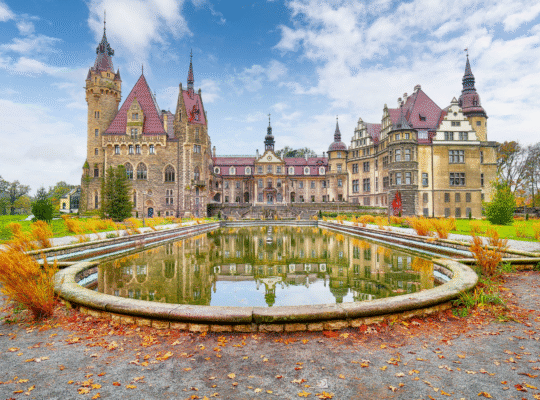I still remember the first time I caught a glimpse of the Palace of Versailles. The soft splash of fountains echoed in the distance, and the air smelled faintly of roses and gravel warmed by the sun. It was early morning, and the sun hit those golden gates just right—it felt like I had stepped straight into a dream. In that moment, I wasn’t just a traveler. I was a time traveler, standing at the threshold of history, grandeur, and the echoes of revolution.
Nestled just 20 kilometers southwest of Paris, Versailles isn’t just a palace—it’s a living storybook. A place where kings plotted, queens wept, and revolutions simmered in the gilded shadows. Whether you're a history buff, a lover of opulent architecture, or simply someone chasing awe, Versailles delivers.
Come with me on a journey through this majestic estate. I’ll walk you through its lavish halls, whisper the legends behind its mirrors, and show you how to make the most of your visit—from secret passageways to garden musings.
Quick Facts
📍 Location: Versailles, Île-de-France, France
🏗️ Built: 1661–1715 (under Louis XIV’s vision)
🏰 Style: French Baroque (the definition of “extra”)
🎭 Highlights: Hall of Mirrors, Royal Apartments, Peace Treaties
👑 Famous Faces: Louis XIV, Louis XV, Louis XVI, Marie Antoinette
🏆 UNESCO Status: Yes, the Palace and Park of Versailles (designated in 1979)
🌐 Website: https://en.chateauversailles.fr/
Where It All Began
Picture this: a young King Louis XIII, boots muddied, rifle in hand, pausing after a long hunt. In 1623, he built a modest lodge in a mosquito-filled swamp surrounded by forest. It was peaceful. Remote. Unassuming.
Enter his son, Louis XIV—the Sun King. Drama-loving, power-hungry, and utterly obsessed with image. In 1661, Louis decided this humble lodge would become his crown jewel. Why? To dazzle his enemies, control his nobles, and quite frankly, because he could.
By 1682, Louis moved the entire royal court to Versailles. Gone were the chaotic halls of Paris. In their place: manicured lawns, endless marble, and rituals so elaborate they turned breakfast into theater. Nobles competed just to hand the king his slippers. If that’s not peak monarchy, I don’t know what is.
How Versailles Nearly Disappeared
Louis XIV’s dream lasted longer than most imagined. His successors—Louis XV and Louis XVI—added their own touches. But by the late 1700s, reality hit hard.
While the royals feasted on gilded pheasant under crystal chandeliers, the people of France were starving. Tensions brewed. In October 1789, a mob of market women marched to Versailles, demanding bread and answers. That night, Marie Antoinette fled through a secret door. The monarchy fled soon after.
Revolution swept through France. Versailles was stripped, its treasures auctioned, and the palace came dangerously close to demolition. But in the 1830s, King Louis-Philippe saved it, transforming it into a museum.
Then in 1919, world leaders gathered in the Hall of Mirrors to sign the Treaty of Versailles, officially ending World War I. History, it seems, always finds its way back here.
The Moments That Take Your Breath Away
Let’s talk magic—the kind you feel when you step inside Versailles. I remember standing in the Hall of Mirrors for the first time, the sunlight bouncing off those endless panes, my footsteps echoing on the marble floor. A soft gasp escaped me—not because I meant to be dramatic, but because I genuinely forgot to breathe. Everything shimmered. It felt like walking through a dream stitched together with gold and ghosts. That, my friend, is Versailles magic.
The Hall of Mirrors
Imagine a room glittering with 357 mirrors, facing 17 towering windows. Sunlight bounces everywhere. Back in the day, mirrors were so precious they were basically the Bitcoin of interior design. The French even smuggled glassmakers out of Venice to learn how to make them.
But it’s not just beauty—it’s symbolism. That room was a flex. Wealth, power, control. And of course, it’s where the Treaty of Versailles was signed in 1919.
Standing there, you feel the weight of centuries—and yet, it still sparkles like a dream.
The Royal Apartments
Ever wondered what it’s like to sleep like a king? These rooms give you a peek. The King’s chambers are majestic and mythic, each one themed after a Roman god. Meanwhile, Marie Antoinette’s rooms? Think pastel elegance, floral motifs, and enough gold leaf to make your jaw drop.
Oh, and keep an eye out for the hidden doors. One of them saved Marie’s life.
The Royal Chapel
Built with soaring columns and heavenly acoustics, the Royal Chapel was where Louis XIV heard mass daily. The organ’s notes still echo in your bones. If you’re lucky, you might catch a live concert. Bring tissues—it’s moving.
The Gardens
Stretching over 800 hectares, these aren’t gardens. They’re masterpieces. Designed by André Le Nôtre, they’re all geometry, symmetry, and drama.
Picture this: fountains gushing to the rhythm of Baroque music, sculpted topiaries, hidden groves, and peaceful canals. It’s a place to lose yourself—and then find a new version of yourself along the way.

Secrets, Legends, and Goosebumps
👑 “Let them eat cake”? Marie probably never said it. It’s likely revolutionary gossip turned legend.
⏳ Time slip? In 1901, two British teachers claimed they saw Marie Antoinette sketching near the Petit Trianon. Their story, dubbed the “Moberly–Jourdain Incident,” still fuels debates.
🏡 The Queen’s Hamlet: A whimsical village Marie had built to escape the court. Chickens, cows, a lake—it’s like stepping into a fairytale farm. And yes, it’s absolutely adorable.
🕳️ Tunnels below: Whispers of underground passages connecting secret parts of the palace still stir curiosity. While most are sealed, historians confirm they exist.
🪞 The Mirrors’ Trick: More than just vanity, the Hall of Mirrors let the king observe without being seen. Intrigue was everywhere.
🐶 Royal Dog Drama: One of Louis XV’s beloved spaniels once reportedly caused a diplomatic scandal—by biting a visiting noble’s trouser leg during a royal audience. The king laughed it off, but the noble stormed out. Even the dogs had courtly influence.
👑 “Let them eat cake”? Marie probably never said it. It’s likely revolutionary gossip turned legend.
⏳ Time slip? In 1901, two British teachers claimed they saw Marie Antoinette sketching near the Petit Trianon. Their story, dubbed the “Moberly–Jourdain Incident,” still fuels debates.
🏡 The Queen’s Hamlet: A whimsical village Marie had built to escape the court. Chickens, cows, a lake—it’s like stepping into a fairytale farm. And yes, it’s absolutely adorable.
🕳️ Tunnels below: Whispers of underground passages connecting secret parts of the palace still stir curiosity. While most are sealed, historians confirm they exist.
🪞 The Mirrors’ Trick: More than just vanity, the Hall of Mirrors let the king observe without being seen. Intrigue was everywhere.

Planning Your Visit (Don’t Just Wing It!)
Best Seasons
🌸 Spring: Blooming gardens, lighter crowds, perfect photo ops.
☀️ Summer: Fountain shows and music events—vibrant but busy.
🍂 Fall: Fewer tourists, autumnal gold, and chill air.
❄️ Winter: Quieter palace interiors—ideal for deep reflection.
🌅 Early Bird Alert: Get there by 8:30 AM if you want a serene moment in the Hall of Mirrors.
Getting There
🚆 Take the RER C train from Paris to Versailles Château Rive Gauche—a scenic 45-minute ride. Buses and guided tours are options too, but I love the train’s charm.
🚗 Driving? Arrive early; parking fills fast.
Tickets & Experiences
💫 Palace Only: €21
🎟️ Passport (everything included): €24 (November 1st to March 31) and €32 (April 1st to October 31).
🎶 Fountain Show Add-On: €10–€11
🔐 Private Tours: From €45—totally worth it for access to hidden gems.
⏱️ Pro Tip: Book online in advance. You’ll skip the lines and get more time to wander.
Rules & Comfort
♿ Wheelchair accessible, with free entry for visitors with reduced mobility.
🧳 Cloakroom required for bags and strollers.
🍽️ No food inside, but cafes like Angelina’s or La Petite Venise are perfect breaks.

What Not to Miss Nearby
🏰 Petit and Grand Trianon: Intimate royal escapes with stunning detail
🌾 The Queen’s Hamlet: Seriously, bring your camera
🧀 Versailles Market (Marché Notre-Dame): For cheese lovers and foodies alike
🚗 Carriage Museum (Galerie des Carrosses): Golden wheels and royal flair
🌳 Bois de Versailles: Rent a bike and get lost—in the best way

Parting Thoughts
And now, as I think back to that moment—standing before the golden gates, fountains splashing in the distance, the scent of roses in the air—I realize Versailles gave me more than awe. It gave me perspective.
Versailles isn’t just France’s past—it’s a mirror of human ambition, beauty, and folly. It tells stories of kings who believed they were gods, queens who longed to be free, and people who demanded change.
So yes, walk the Hall of Mirrors. Gaze at the fountains. Get lost in a grove. But also—listen. The walls here whisper.
💬 Have you been to the Palace of Versailles? Share your experience below!
👉 Still craving castles? Wander through the misty gardens of Larnach Castle in New Zealand or explore the jungle romance of Paronella Park Castle in Australia. Not all royalty comes with a crown.
🏰✨ Follow us on social media, Facebook, Instagram, Pinterest, and X, for more real history, incredible castles, and travel ideas that go beyond the ordinary.

